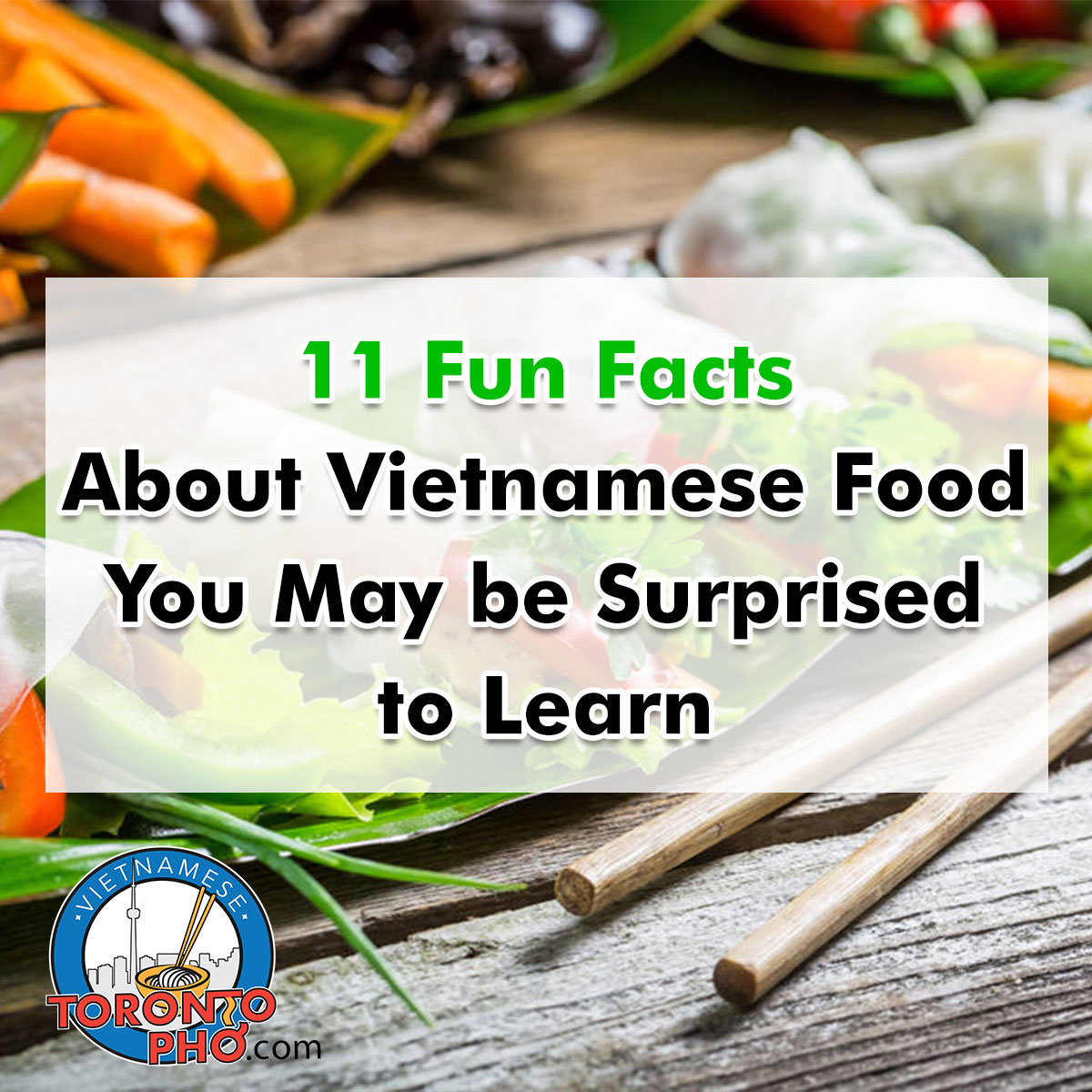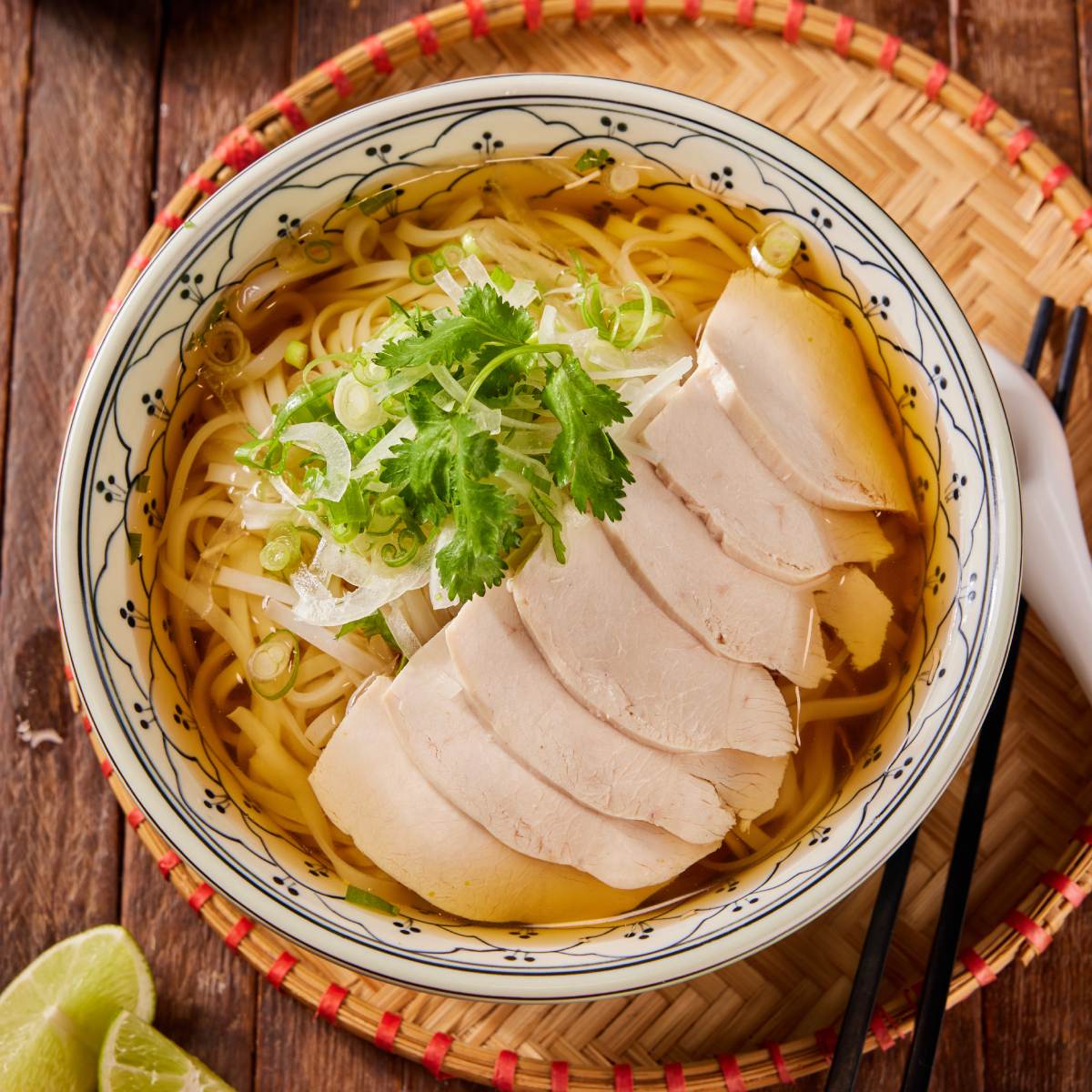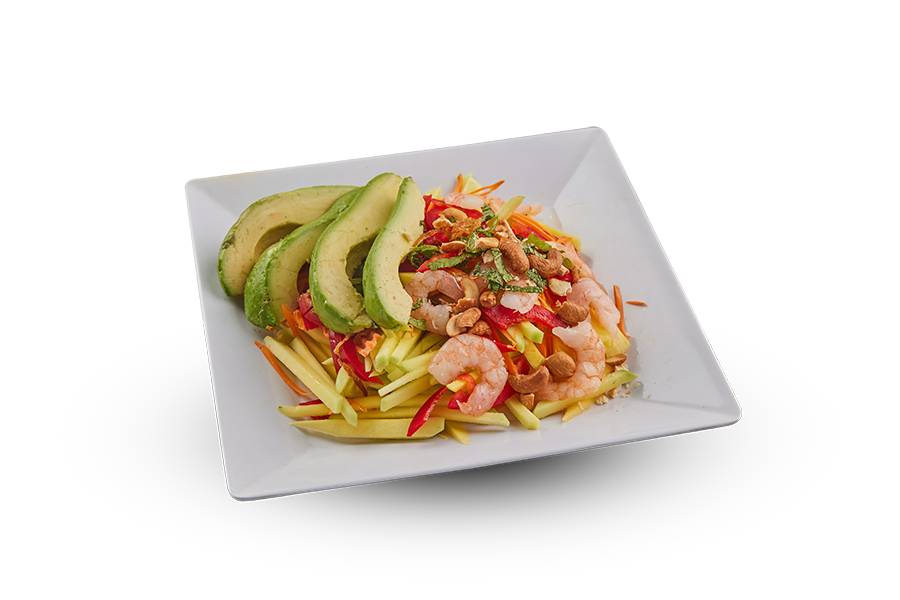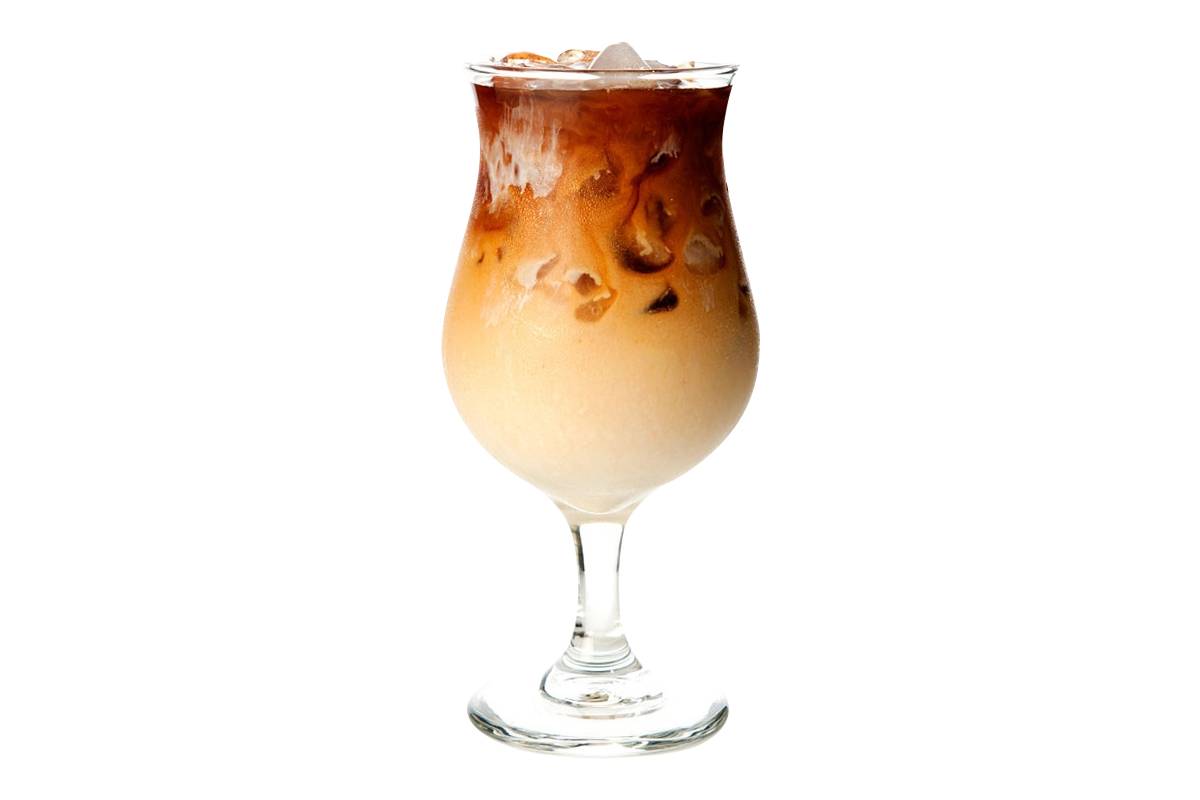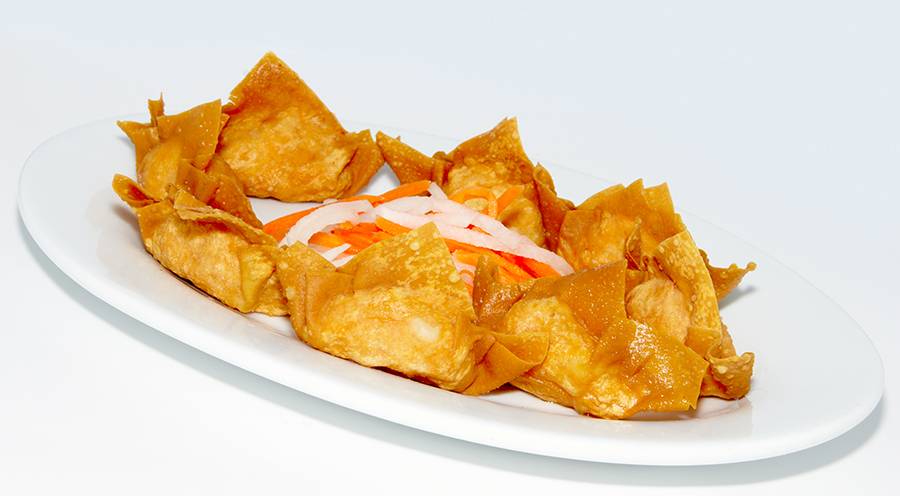2 – Vietnamese cooking is well known for using little oil
A huge attractant to Vietnamese food is the fact that they use very little oil. You won’t find anything deep-fried or soaking in any sort of oil, as you will in American cuisine. In place of using oil, Vietnamese cooking has traditionally relied on herbs like lemongrass, mint, long coriander, Thai basil leaves, and others.
3 – There are regional differences in Vietnamese cuisine
In terms of cooking, Vietnam is separated into three distinct regions. The north is known for providing soups like Vietnamese pho. In the central part, you will find a lot of smaller, lesser popularized dishes that capitalize on a chef’s creativity. Then, in the south, their food is very influenced by Thai cuisine. Their food is spicier with things like rice, curries, and noodles being served along with a number of tropical fruits and vegetables.
4 – Using multiple sources of protein in the same dish
Dishes such as Vietnamese pho, rice, and a stir fry will typically pull from two or three different sources of protein. These usually are beef, pork, chicken, fish, tofu, various kinds of seafood, or vegetable-based meat substitutes. There are in fact vegetarian and vegan Vietnamese dishes which use tofu and other similar non-meat-based protein.
5 – Beverages in Vietnam are consumed before or after a meal
Contrary to how we eat in Canada, in Vietnam, they don’t typically eat and drink at the same time. They consume their beverages either before or after a meal, as is tradition. Also, many Vietnamese dishes like pho are soup-based or broth-based which makes it natural to skip the drinking. Some common Vietnamese dishes include coffee – as Vietnam is the world’s second largest producer – as well as a mild, yellow-colored ice tea known as Tra Da.
6 – Spring rolls are lighter on the palate than you think
In North America, the spring rolls so much of us have grown familiar to are Chinese influenced. Chinese spring rolls are much heavier and oily, usually from wheat flour. Vietnamese spring rolls are made from rice flour and are comparatively quite light.
7 – Vietnamese restaurants specialize in one specialty meal
Vietnamese restaurants in Toronto, Ontario tend to specialize in a dish like pho. This hinges on tradition, one in which restaurants in Vietnam dedicate themselves to one particular dish. For example, if one wishes to enjoy hang mam, you go to a specific restaurant for it. Different Vietnamese vendors become known uniquely for specific dishes. This sort of approach to restaurants has translated to Canada where virtually any Vietnamese vendor’s going to specialize.
8 – Spices in Vietnamese cooking are very mild
Though chefs certainly use some spices, they pull from herbs much more often. Some of the southern Vietnamese foods relying on Thai influence end up being the spiciest in the country’s cuisine. Even so, they are far from the spiciest dishes out there. Spice is used sparingly.
9 – Fresh farm-based herbs add flavor and health
Fresh herbs in Vietnamese cuisine are important to creating healthy, flavorful dishes. Herbs are used generously in a number of meals. If you haven’t had Vietnamese before, you will immediately notice the difference and it comes down to the herbs used. Practically all dinner meals and lunches involve herbs to some degree. Raw herbs are picked from gardens and chopped, tossed, rolled, and wrapped, and tossed into soups, rice, sandwiches, rolls, noodles, and more.
10 – A lot of Vietnamese cooking is based on 4 flavours
Every Vietnamese dish is generally created to suit one or more of four category of flavours – fish sauce-based, lime-influenced or rice, vinegar, or salt and sugar. These four flavours comprise of how so many ingredients, dishes, and components in Vietnamese cooking are prepared.
11 – Cooking changes according to the seasons
Just like with how we see sales come and go on certain products at the grocery store relying on the time of year, the same happens in Vietnamese cuisine. In summer, foods are very light, vegetable-filled, and come in smaller portions generally although this isn’t always the case. In winter, the meals tend to use more pork and beef, and are more filling. Pho is served year-round in Vietnam.
That’s Vietnamese for you!
All in all, Vietnamese cuisine is a very fresh, healthy, vegetable style of cooking. If you’re trying to maintain health, lose weight, or feel better, you can find a lot of advantages in cooking with a Vietnamese approach. There’s a lot more out there to discover about Vietnamese as well. Preservatives in general are avoided as freshness counts! The noodle soup and spring rolls are consumed with regularity, almost on the daily. Mint leaf is used in a lot of dishes as a palate-cleanser. Soup is loved so much that even sweet desserts come in soup form!
Are you looking for healthy, high quality Vietnamese cuisine in Toronto? Visit TorontoPHO, a premiere Vietnamese restaurant and one focused on bringing real, authentic Vietnam cooking to the GTA. We believe there’s no cuisine out there like this. Fresh herbs, vegetables, meats, vegetarian, vegan options, and all sorts of customizations. For when the cold Canadian winter is giving you a swift kick in the butt, don’t fret. Stop on by and we’ll serve you up a fresh bowl of hot, delicious pho.

